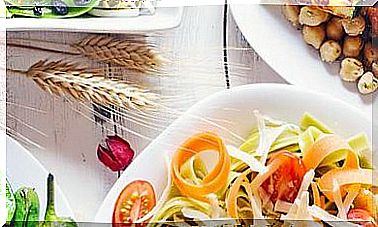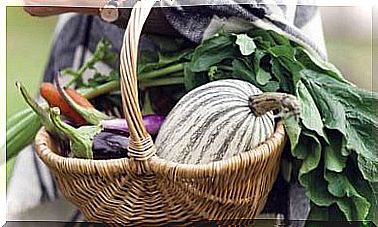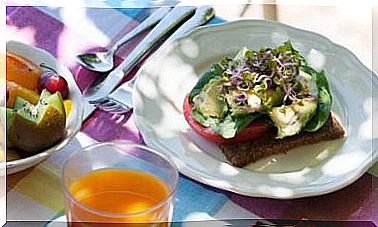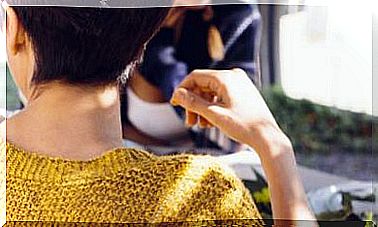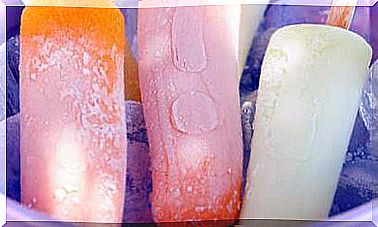Alternative Medicine Cabinet With Home And Natural Remedies
Effective remedies can be found in the home and in nature against almost all everyday ailments. You do not have to go to the pharmacy, it is not necessary.
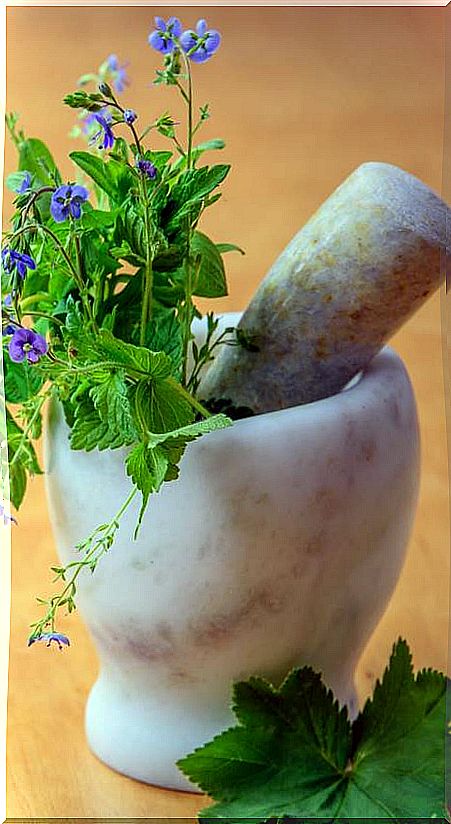
When equipping a medicine cabinet, most people think of drugs from the pharmacy for quick relief from headaches, fever, diarrhea, minor wounds, and insect bites. But do we really always need expensive, synthetic pharmaceuticals?
An alternative medicine kit with simple home remedies and natural remedies doesn’t cost much. Its components can also be used in many ways. Below you will find suggestions for creating your home remedy pharmacy.
My alternative medicine kit
The best thing you can do is design your alternative medicine kit to be useful in case of a stroke, fever, colds, migraines, diarrhea or muscle problems.
In the following list you will find the basic elements of the natural home medicine cabinet, but its composition can be adapted to personal and family needs and preferences. For example, if children or people with chronic diseases live in the home, they may need specific remedies.
- Hydrogen peroxide for wound disinfection.
- Propolis tincture with antibacterial healing properties for respiratory tract infections.
- Calendula ointment to heal wounds.
- Tea tree oil for inflammation, skin and nail fungus.
- Aloe vera gel relieves inflammation, itching, and minor burns.
- Peppermint essential oil for headaches.
- Lavender essential oil for headaches and insomnia.
- Clove oil for toothache
- Infusion of sage, which disinfects and relieves toothache and throat pain.
- Infusion of willow bark for fever and pain.
- Sea salt nasal spray for nasal congestion.
- Pine cough syrup.
- Therapeutic clay against diarrhea.
- Psyllium for constipation.
- Cherry pit cushion for strains, sprains, bruises and menstrual pain.
- Capsaicin cream for back, muscle and joint pain.
- Yarrow and mugwort infusion for menstrual pain.
Accessories:
- Plasters in various sizes for small wounds and abrasions.
- Sterile gauze pads for bleeding wounds and burns.
- Adhesive tape to fix gauze.
- Thick bandage with clips for strains and sprains
- Gallium thermometer (more accurate than electronic ones).
- Tweezers to remove splinters or ticks.
- Bandage scissors for band-aids, gauze bandages, etc.
Disinfection and first aid for small wounds
The disinfectant and anti-inflammatory action of hydrogen peroxide can be used both for the initial treatment of small wounds and insect bites and to disinfect hands, surfaces or bandage scissors. Alternatively, 70 percent alcohol also disinfects wounds and surfaces.
A tincture of bee propolis accelerates the coagulation of wounds and acts as a natural antibiotic against infections.
Helps with insect bites, skin lesions and inflammation
Calendula cream is anti-inflammatory and is suitable as a remedy for abrasions and inflammatory skin conditions. It also stimulates blood circulation.
Thanks to its disinfecting effect, tea tree oil cures inflammation (for example, that of the nail bed), athlete’s foot and herpes. Aloe vera gel also relieves inflammation and itching.
Natural remedies for headaches and insomnia
Peppermint essential oil is recommended for headaches. You just have to massage your temples with a few drops.
On the other hand, lavender oil is useful for headaches and for falling asleep. You can put a few drops on a tissue and leave it next to the pillow or you can put it in the essential oil diffuser to scent the bedroom.
Relieve toothache and gingivitis
Clove oil or the clove itself used as a spice in cooking helps with toothache.Until it’s time for your dental appointment, the active ingredient, eugenol, can numb the pain, disinfect, and prevent the inflammation.
Gentle help with pain and fever
White willow bark ( Salix alba ) and meadowsweet ( Filipendula ulmaria ) contain salicin, which served as the basis for the development of acetylsalicylic acid (aspirin).
An infusion made with willow bark or elderflower relieves pain, as well as fever and inflammation, without pills.
Fight coughs, runny noses and colds
Linden flower infusion or elderberry juice improve feverish colds and are recommended for all medicine cabinets.
A sea salt and water nasal spray should also be included as it allows the mucous membranes to deflate and frees the airways without damaging the nasal mucosa.
A syrup made with pine buds fights coughs and bronchitis.
Upset stomach and diarrhea.
One or two teaspoons of white clay dissolved in a glass of water effectively fight diarrhea. It also has a cleansing effect on the intestine. Flatulence, heartburn, and a feeling of fullness can also be treated with this remedy.
Relieve tension, muscle pain, and menstrual pain
A pillow of cherry stones that you can heat in the oven or a hot water bottle soothe pain, both from menstruation, such as bumps or muscle contractures. Remember that you should always know the origin of a pain. If you don’t know the cause, you should go to the doctor.
A capsaicin ointment stimulates blood circulation and nerve endings, inhibiting the transmission of pain. It is applied on back pain, muscle contractures and joint pain. When applying it you can do a gentle massage to increase the effect.
An infusion made with yarrow and mugwort also helps with menstrual pain.
